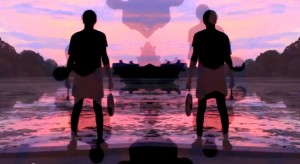 My son’s other band (besides Liturgy), Guardian Alien, is beginning to take off; just coming off a Midwest tour, they’ve got a new album out on Thrill Jockey, See the World Given to a One Love Entity, with an accompanying video. The album is one forty-minute track, high-energy and improvised but well structured, and fun to listen to. In fact, Bernard told me he took to heart some of the criticisms I had made of free improv in my early Village Voice writings, and took care to avoid the worst clichés. The genre, he says, is psychedelic rock. I asked, “Isn’t that kind of old-fashioned? I mean, did they still have psychedelic rock in the eighties?” “Well, the eighties were probably a low point for it, but it’s always been around, and that’s what they still call it.” So there you go. I do admire about pop musicians that they are not so squeamish about describing their music in terms of categories. They’d rather make a connection to the audience than be so frickin’ ascetically pure-minded.
My son’s other band (besides Liturgy), Guardian Alien, is beginning to take off; just coming off a Midwest tour, they’ve got a new album out on Thrill Jockey, See the World Given to a One Love Entity, with an accompanying video. The album is one forty-minute track, high-energy and improvised but well structured, and fun to listen to. In fact, Bernard told me he took to heart some of the criticisms I had made of free improv in my early Village Voice writings, and took care to avoid the worst clichés. The genre, he says, is psychedelic rock. I asked, “Isn’t that kind of old-fashioned? I mean, did they still have psychedelic rock in the eighties?” “Well, the eighties were probably a low point for it, but it’s always been around, and that’s what they still call it.” So there you go. I do admire about pop musicians that they are not so squeamish about describing their music in terms of categories. They’d rather make a connection to the audience than be so frickin’ ascetically pure-minded.

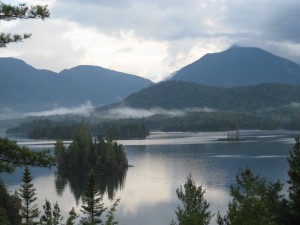
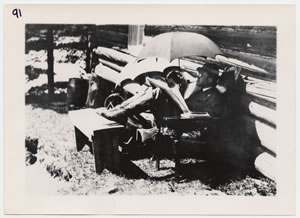
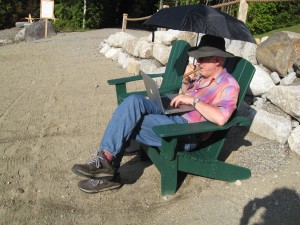
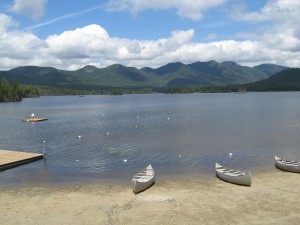




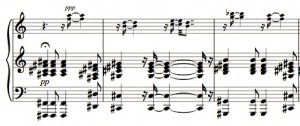
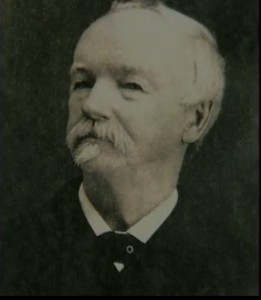
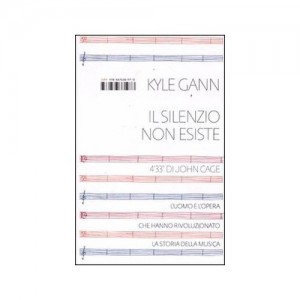 Apparently “The Silence Does Not Exist” (as Google retranslates it)
Apparently “The Silence Does Not Exist” (as Google retranslates it)